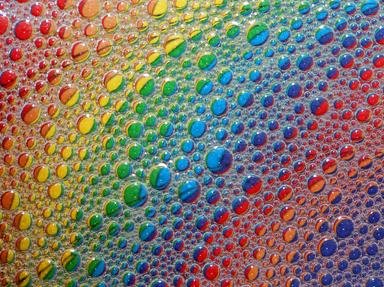Quiz Answer Key and Fun Facts
1. Plants look white or are lighter colors when this type of film that is sensitive to wavelengths that we can't see is used to photograph them. What is the type of film?
2. Most people associate roses with romantic love, but what other flower can also be used to represent romantic love?
3. Which of these citrus fruits is one of the five most popular fruits in the US?
4. Dr. Samuel Mudd, the doctor who set the leg of John Wilkes Booth, was given a life sentence in prison at Fort Jefferson. Treating an epidemic of which disease gained him a presidential pardon?
5. A common children's game allows you to move forward when the person who is the stoplight turns away and says what words?
6. Which of the following is the deadliest (to humans) octopus in the world?
7. What plant is used to make a blue dye called Sukumo (this plant was also used to dye the original Levi's coveralls)?
8. Which of the following is the nickname used for New York University sports teams?
9. Most sunscreen and sunblocks protect skin against what type of light?
10. Only seven colors in a rainbow are labeled and we use the mnemonic ROYGBIV to memorize them. Visible light (and therefore a rainbow) can contain 100 million discrete wavelengths of light, but how many of those can the human eye actually distinguish?
Source: Author
celvet
This quiz was reviewed by FunTrivia editor
agony before going online.
Any errors found in FunTrivia content are routinely corrected through our feedback system.

